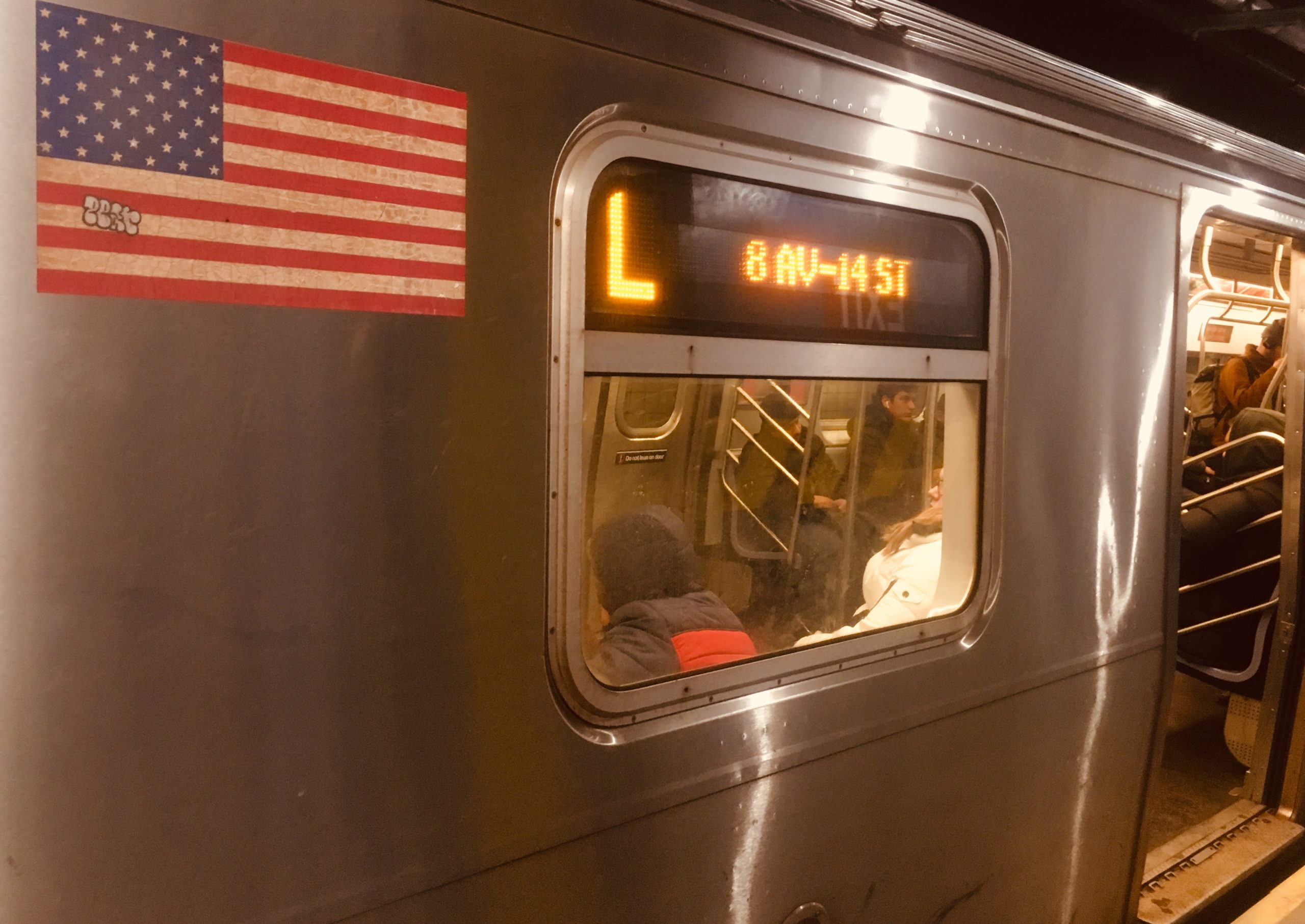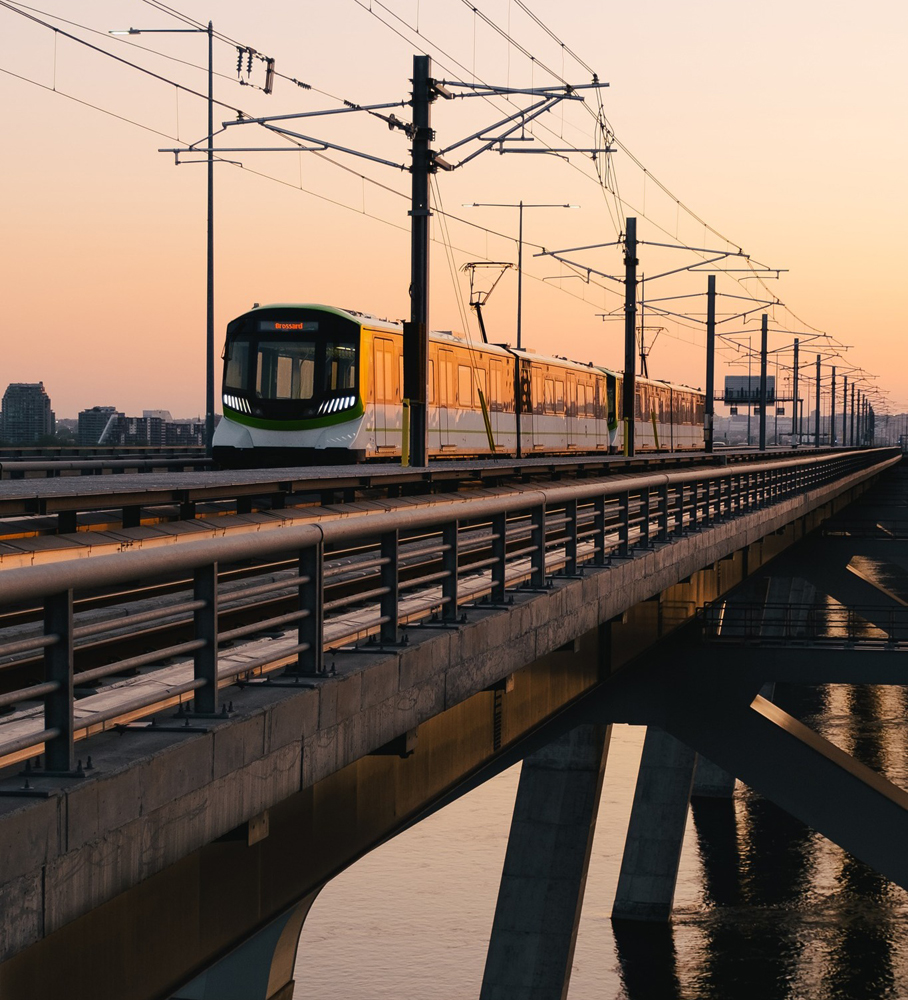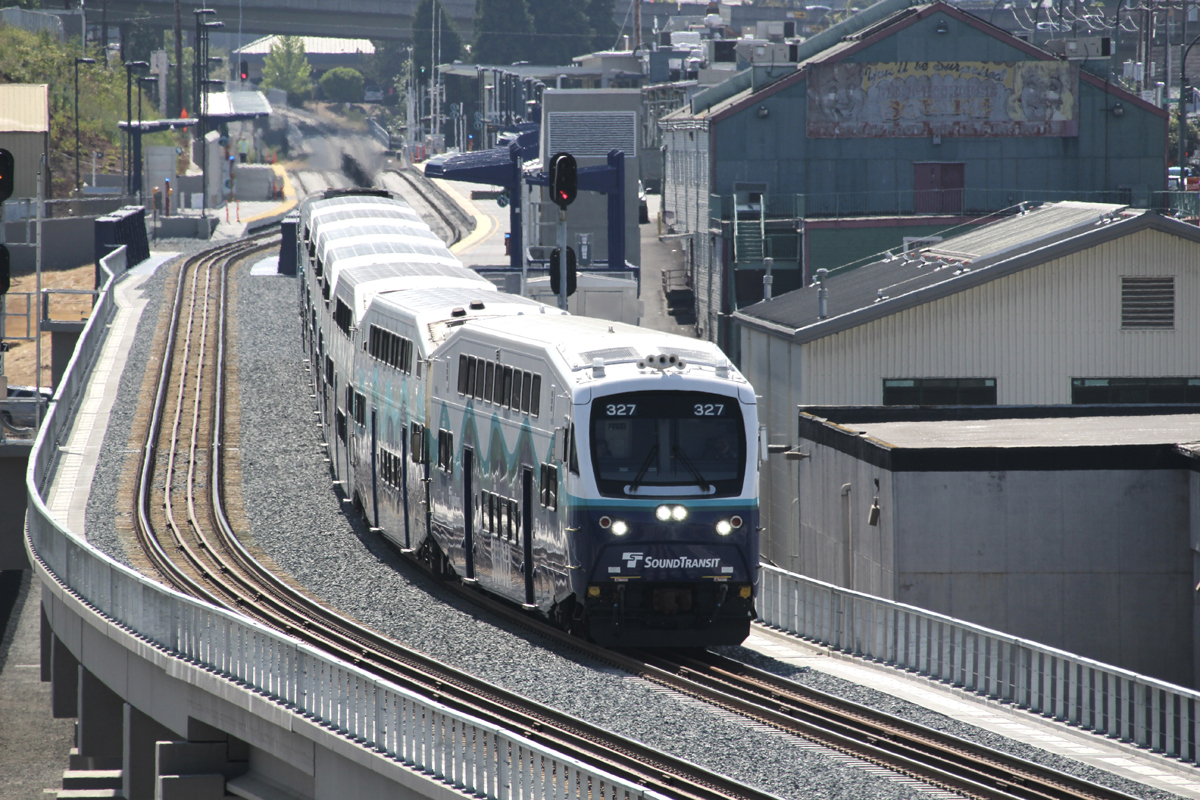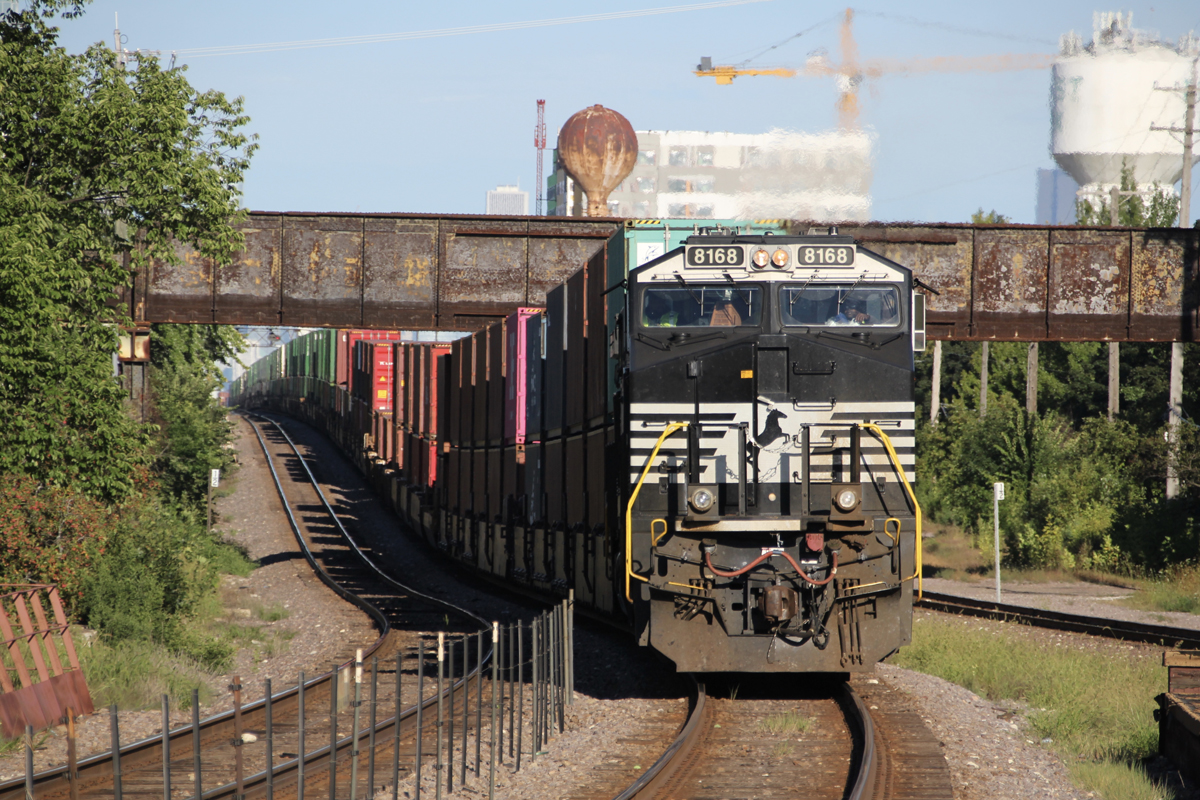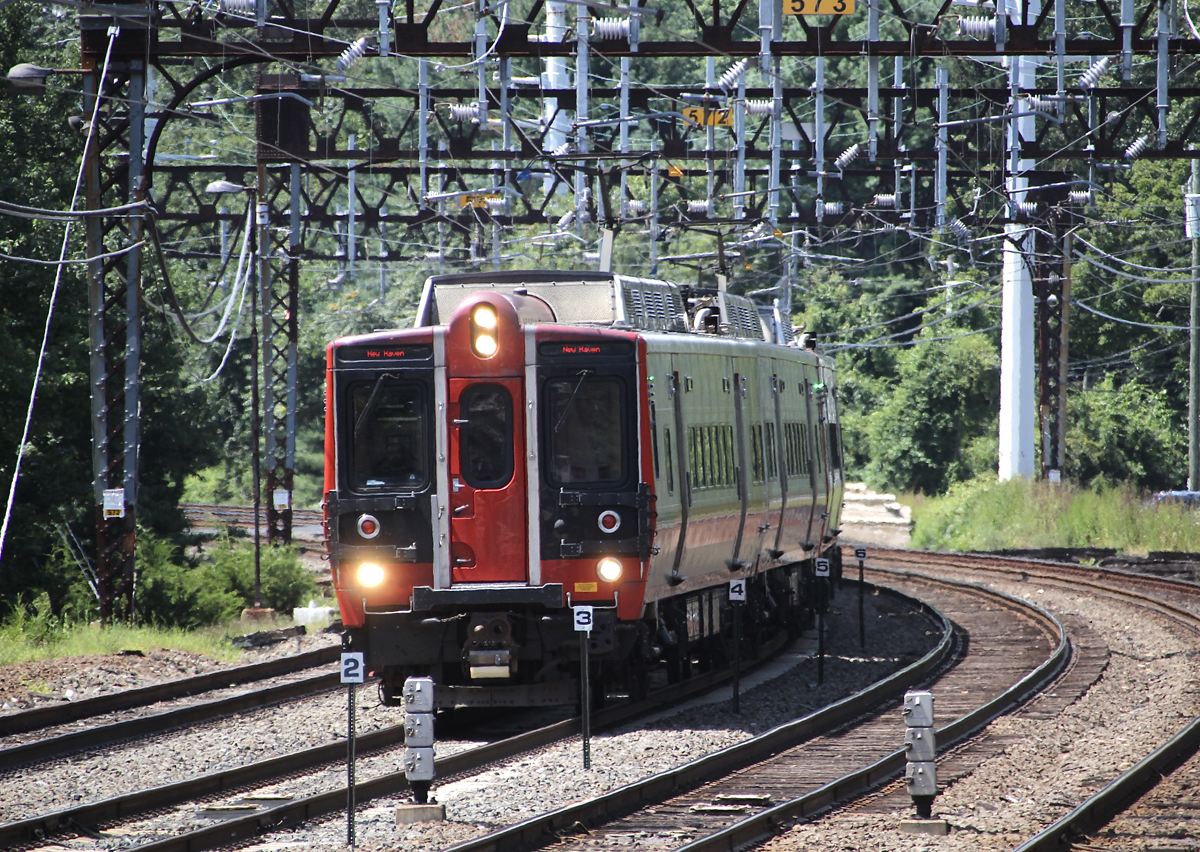The first weekend of L-Train tunnel remediation work between Eighth Avenue in Manhattan and Lorimer-Metropolitan Station in the Williamsburg section of Brooklyn has passed. After an initial plan of totally closing down for two years, the new plan keeps one Trans-East River tube open at a time, leaving the other for weekend and evening re-construction of each tube.
The year-plus project’s initial weekend went better than might have been expected. Monday will be the first weekday evening shutdown of one of the two tubes, which will run from 10 p.m. to 5:30 a.m. Monday through Friday, and 11:45 p.m. Friday to 7 a.m. on Mondays.
Friday night found subway work trains for the project using every-20-minute slots on the L-train, which sees 275,000 passengers a day. This created long lines on Friday night at affected L-train stations; by Saturday night, the L-train was running at its three-train-an-hour frequency. Predictions of closed station entrances and dangerously crowded platforms did not materialize. Additional New York City Transit staff, over the weekend, managed crowds and distributed alternative service brochures at every L-Train station.
The Metropolitan Transportation Authority, owner of the transit authority was mostly pleased with the results.
“I’m grateful to New Yorkers for their patience and good humor while they got used to the revised service,” said New York Transit President Andy Byford Sunday in a statement to the media.
The tunnel work from Mondays through Thursdays will consist of tasks like pipe and tie installation. Demolition work will occur during the longer weekend windows.
Instead of ripping out the cables encased in the bench walls, the MTA is now installing brackets on the walls to hold new, modern power and communication lines. Leaving the bench walls largely intact means the MTA only has to shave about three inches of concrete from the face of the structures every 250 feet, where protruding manholes are in place, saving construction cost and time.
The only demolition being carried out will be the removal of a separate wall duct containing long-disused Consolidated Edison power cables, and the trimming and removal of manholes, which will allow trains to move faster due to increased clearance.





